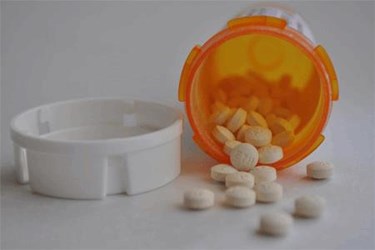Retail Strategy: A New Focus On Hazardous Waste Regulations

By Mathy Stanislaus, assistant administrator, Office of Land and Emergency Management at U.S. EPA
America’s hazardous waste management program ensures the safe management of hazardous waste from the “cradle to the grave”. Many of these regulations were developed more than three decades ago, so it is important we ensure they continue to effectively protect human health and environment into the future.
These regulations were developed primarily for industrial and manufacturing settings, but apply to any non-household facility generating and managing hazardous waste—including some facilities that may surprise people. For example, hospitals, schools, and retail stores all generate hazardous waste and are subject to our regulations. However, because these types of facilities aren’t industrial in nature, sometimes the design of the hazardous waste regulations can pose compliance challenges. In recent years, we began to explore how we can update these important safeguards for a retail setting and address the potential challenges these regulations present for retail.
You might not think of consumer goods at retail stores as especially hazardous, but some household cleaners, automotive products, batteries and other items meet the definition of hazardous waste when disposed. These goods are important parts of our everyday lives and may require special disposal when they are no longer able to be sold. We want to ensure that these items, if they are not sold and must be disposed, are managed safely and properly.
Recently, EPA and other regulators focused increased attention on the retail sector. Instances of hazardous waste mismanagement and non-compliance by major retailers led us to seek information and solicit feedback by issuing a Retail Notice of Data Availability (NODA) in 2014. Feedback on the NODA, as well as information gathered from our continued engagement with the retail sector and regulatory community, not only increased our understanding of how retailers handle consumer goods that cannot be sold but also shed light on the challenges retailers face when managing goods that are hazardous wastes when disposed.
I’m excited to announce that we are unveiling a cohesive strategy to address these unique issues and to ensure that retail stores comply with hazardous waste regulations. This strategy takes into account the feedback we received in 2014, as well as our knowledge of how unsalable items are managed in the retail sector. It builds upon regulatory efforts underway, including proposed updates and improvements to existing hazardous waste generator regulations and a proposed set of regulations designed to allow flexibility in the management and disposal of hazardous waste pharmaceuticals.
As laid out in the strategy, we’ve taken these actions to ease the burden of managing hazardous wastes in a retail setting while maintaining important protections to human health and the environment, and furthering the President’s goal of reducing regulatory burden across the government (EO 13610). The strategy outlines our next steps, which include:
- issuing the final generator rule in fall 2016;
- working on finalizing the pharmaceuticals rule;
- issuing a guide on recycling aerosol cans;
- proposing a universal waste rule for aerosol cans; and
- issuing a policy on reverse distribution and RCRA.
This retail strategy is an important next step in our journey to explore options for reducing management burdens, ensuring compliance with hazardous waste regulations and protecting human health and the environment. Our strategy is available at http://www.epa.gov/hwgenerators/hazardous-waste-management-and-retail-sector. Take a look. We’re interested in your thoughts as we move forward in partnership with all stakeholders to implement this strategy.
